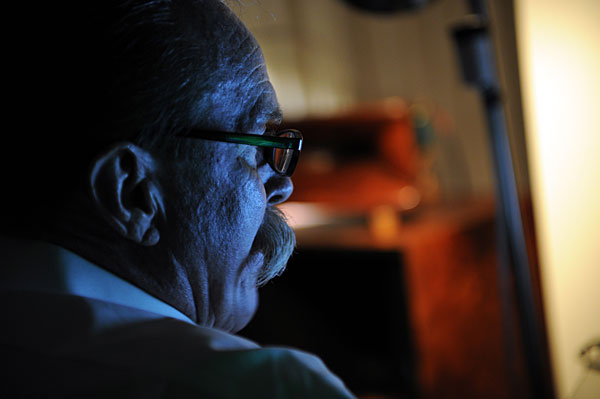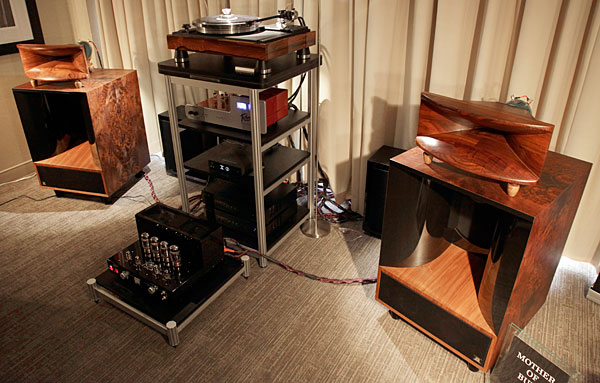| Columns Retired Columns & Blogs |
"I want great music and a nice home—together."
Dude, you're hosed. Fremer will forever tell you that you are the weak link without having to utter a word. (Did you see his video, for goodness' sake?) Hifi is a higher calling for which we and especially our wives must suffer, but there's redemption in that. Anything less is ontological failure.









































